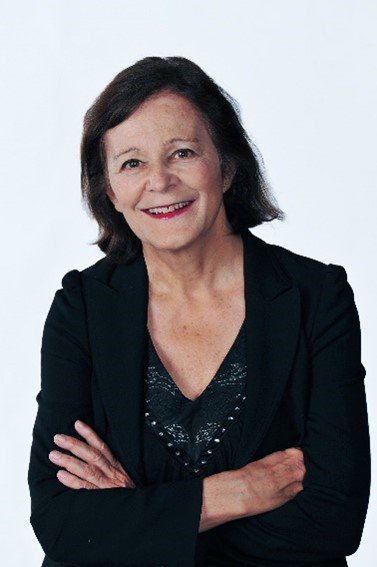Plenary Speaker:

Social Robots and LLMs: a step towards to behave more human like
Nadia Magnenat Thalmann
University of Geneva, Switzerland
Abstract:
In this talk, we like to present our research on humanoid robots from 2008 to today. We started with EVA, a humanoid head, capable of interacting and showing emotions. We have performed very early research on Eva on modelling speech and facial expressions. Eva was playing on a theatre stage in Zurich in 2010. In NTU, Singapore, Professor Thalmann has worked since 2013 on the humanoid Nadine social robot to model it behaviour as a social companion. This research includes social global awareness, object and actions recognition, gestures modelling including hands, and believable speech dialog interaction. Since 2021, with the venue of LLMs, a new platform has been implemented extending LLMs models with short and long term memory and Rags. We will demonstrate Nadine in action and what social robots can do today and tomorrow.
Biography:
Professor Thalmann has established MIRALab at the University of Geneva in Switzerland, a ground-breaking interdisciplinary multimedia research institute. She participated in more than 50 European research projects, helping MIRALab to develop revolutionising interdisciplinary research in computer graphics, computer animation, and virtual worlds and producing impactful work that synergises art, fashion, computer graphics. Her work is regularly displayed at museums, galleries and fashion shows.
In NTU, Singapore (2009-2021), she revolutionized social robotics by unveiling the first social robot Nadine that can have mood and emotions and remember people and actions. ( wikipedia: social Nadine robot).
Besides having bachelor's and master's degrees in disciplines such as psychology, biology, chemistry and computer science, Professor Thalmann completed her PhD in quantum physics at the University of Geneva. She has received honorary doctorates from Leibniz University of Hannover and the University of Ottawa in Canada and several prestigious other awards as the Humboldt Research Award in Germany.
She is Editor-in-Chief of The Visual Computer, co-Editor-in-Chief of Computer Animation and Virtual Worlds, and editor of many other scientific journals. She is a life member of the Swiss Academy of Engineering Sciences.

